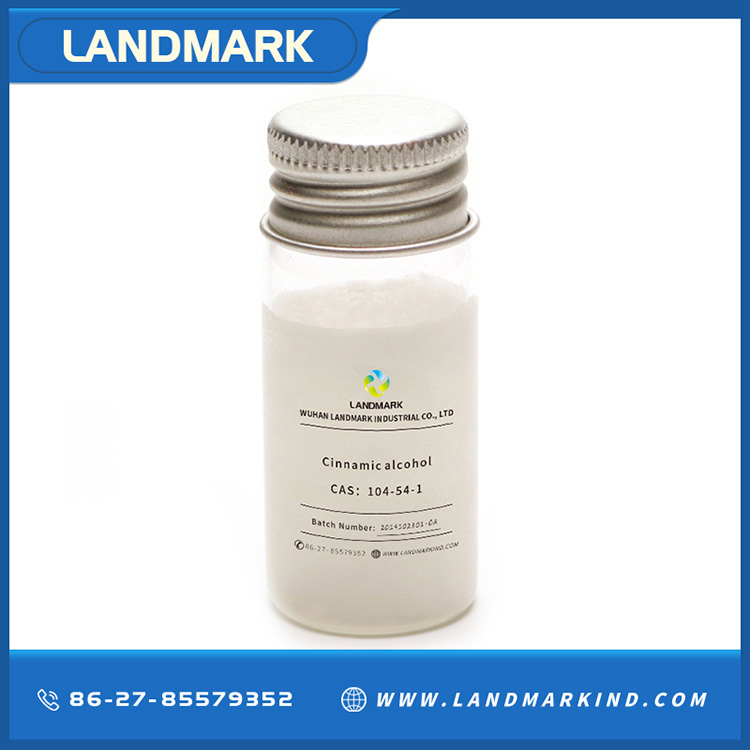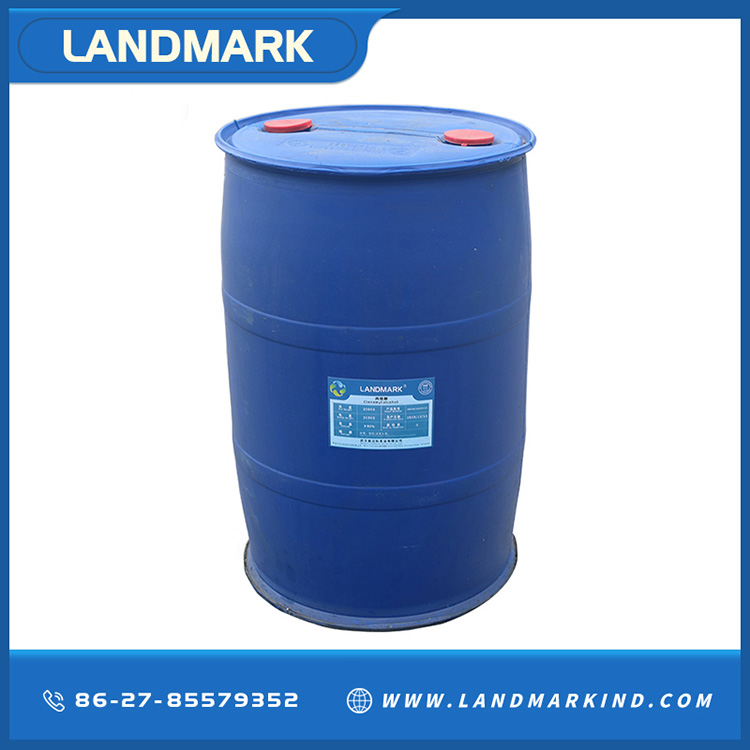The company, Wuhan LANDMARK Industrial Co., Ltd.(Wuhan Landmark for short), specializes in cinnamon series, including cinnamic acid, cinnamaldehyde, cinnamyl alcohol and so on. Our knowledgeable team of cinnamon derivatives experts are available to supply high-purity raw materials in bulk to many fields, such as flavor & fragrance, cosmetics, perfume, organic synthesis, food additive, feed industry, pharmaceutical industry, and chemical pesticides. We are happy to count cinnamyl alcohol among our available materials.

Cinnamyl alcohol, also known as cinnamic alcohol, is a colorless to pale yellow liquid with the odor of hyacinth., which is found in the esterified form in cinnamon, balsam peru and storax leaves. Cinnamyl alcohol is an important raw material and intermediate used in organic synthesis, pharmaceuticals, agrochemicals and dyestuff. It is also used in perfumery and as well as a deodorant.

Wuhan Landmark is an ISO 9001:2015 certified company that is trusted globally. Our technical specialists, logisticians, and production specialists are experienced, knowledgeable, and professional – ensuring that your order is completed on schedule. We responsibly manufacture high-quality cinnamyl alcohol and other cinnamon derivatives the world needs. Cinnamyl alcohol is also available in Kosher grade.
Contact us for a quote on cinnamyl alcohol!

Comments
Post a Comment